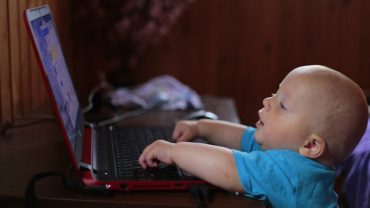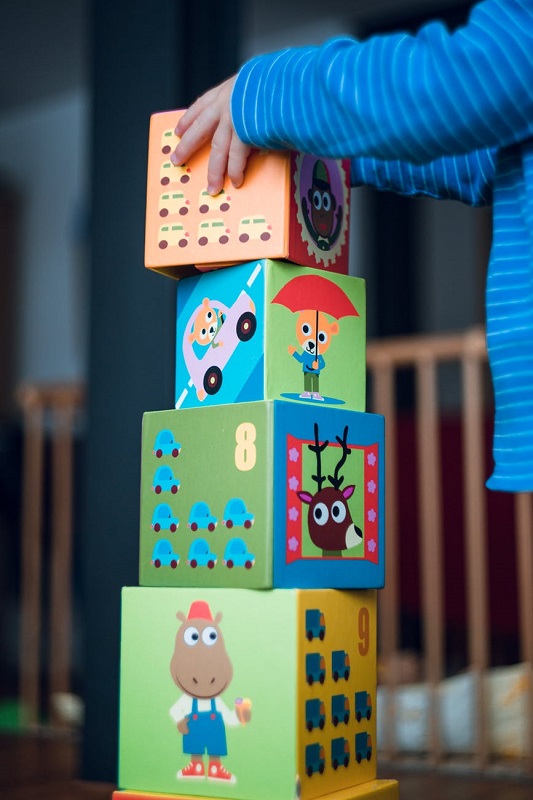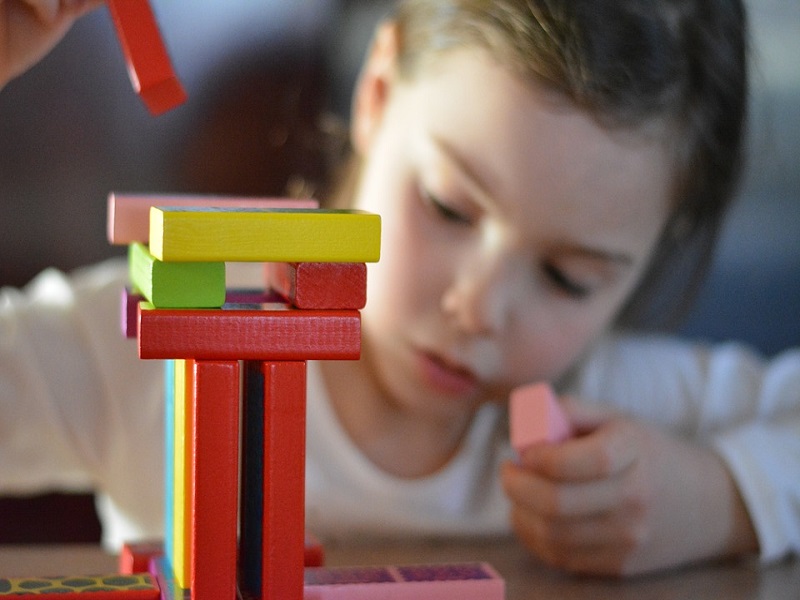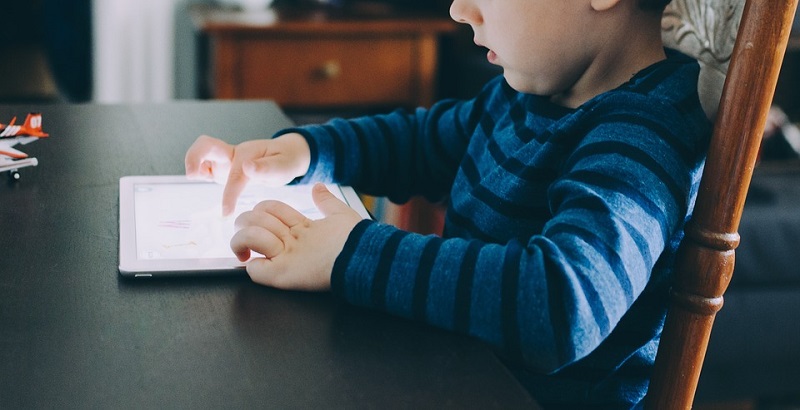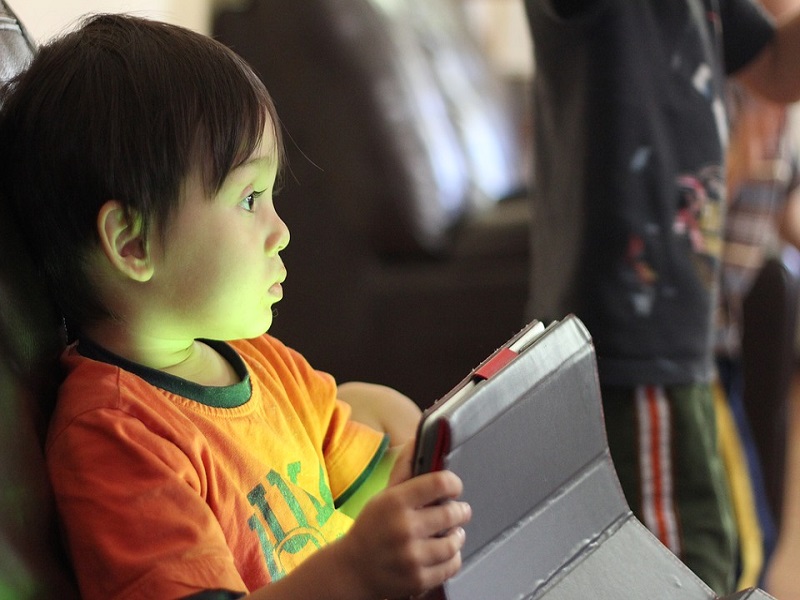Growing data suggests that exposing young children to too much time in front of a TV or computer can have negative effects on their development, including issues with memory, attention and language skills.
In the latest look at the topic, researchers report in JAMA Pediatrics that more screen time is linked to poorer progress on key developmental measures such as communication skills, problem solving and social interactions among young kids over time.
Sheri Madigan, an assistant professor of psychology at University of Calgary in Canada, and her colleagues studied 2,441 mothers and children enrolled in the All Our Families study, which followed young children from ages two to five. Mothers reported on how much time their children spent in front of a television or computer screen on a typical day, and also reported on developmental measures by answering questions about their children’s communication skills, behavior and social interactions. The data were collected at the start of the study, when the children were two years old, then again when they were three and five.
Many studies have looked at the connection between screen time and developmental issues at one point in time, but by following the children over many years, Madigan and her team could learn more about how screen time and development interact. For example, while some studies suggested that increased screen time might contribute to slower development, it was also possible that parents with children with behavioral issues and developmental delays might be more likely to use movies, TV or video games to calm or quiet their child.
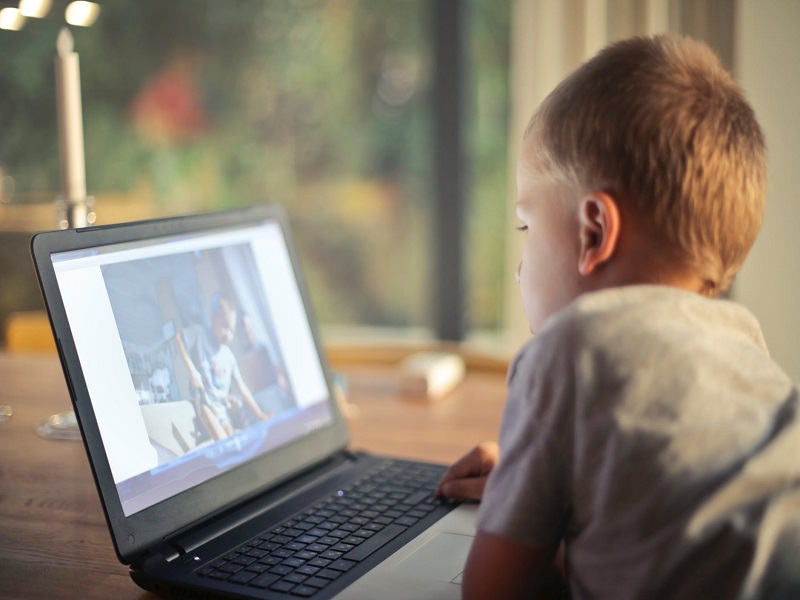
Madigan found that on average, the children in the study were spending about 2-3 hours a day in front of a screen. (The American Academy of Pediatrics currently recommends that toddlers and young children spend no more than one hour a day watching quality educational programming.)
The researchers found that over time, children who spent more time using TV or computers did indeed show poorer performance on the developmental measures. But they did not find evidence that the opposite was occurring; it did not seem that children with developmental issues were more likely to spend time in front of a screen. The links remained strong even after they accounted for other factors that can influence developmental milestones, including parents’ education, how physically active the children were and whether parents read to their children regularly. “The results show that there is a lasting influence of screen time, especially when children are two to five years old, when their brains are undergoing a period of tremendous development,” Madigan says.
That strongly supports expert guidelines that recommend limiting screen time for young children, when the brain is rapidly developing new connections and learning from every cue it receives. “What too much screen time leads to is a variety of missed opportunities for learning and development,” says Madigan. “When a child is watching a screen, he or she is missing out on the opportunity for walking, talking and interacting with others.”
Not all screen time is detrimental, she says, and her study did not delve into the quality of programming the children were watching. The way in which children are using TV or computers is also important. Watching with parents or caregivers, for example, can make the experience more engaging and less passive, and can even provide opportunities for learning and social development. “Families can develop healthy media habits,” she says. “When parents watch with their children, they can point out interesting things and contribute to language skills and learning.”


